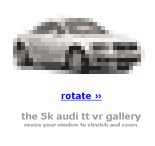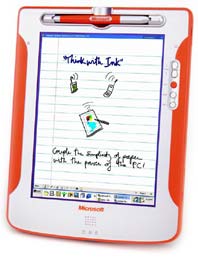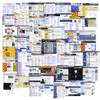The fundamentals of the computer interface have remained basically unchanged since 1973 when Xeroc PARC came up with the mouse-based window interface concept. A quick look back at Apple in 1980 will show you how similar your current OS interface is to these supposed antiques.
This isn’t necessarily a bad thing. It is a good design, but there could be better. Jakob Nielsen is all about the next big thing, which is (according to him) the anti-mac interface. He and his cohort, Donald Norman have long touted the non-interface (and even the non-computer).

Having grown up with window & mouse type computing, it’s hard to imagine anything beyond it (PalmOS is one of the few examples of an alternative). Recently, Lionhead Studios has taken an interesting step into what the future of interfaces may be. Their new game, Black & White has no menus or buttons, just a hand controlled by your mouse. Gamespot describes it well:
“You the player are manifested as an elegantly simple, all-powerful hand hovering above the earth. Not wanting to break the illusion of the gameworld with buttons, tabs, and menu screens, the designers have made the hand the entirety of your interface.”
It seems to be quite intuitive and should prove an interesting experiment in interface design. Of course, I don’t play computer games.
A few other interesting notes about the game: Apparently, Lionhead Studios planned to ship two versions of the game (one black and one white), one costing $5 more. The extra $5 was to be donated to a charity. This is a play on the theme of the game in which you are a god and have the choice to be benevolent or evil. The added complexity for retailers prevented the plan from going through, but they deserve credit for trying. Brilliant.
Also, the game uses your Outlook contact list to name is characters and apparently attempts to check weather reports online and match in-game weather with the weather from your region. These guys deserve every cent they make.
Again, a reminder: I don’t play computer games.
UPDATE:
More on the game Black & White in this behind the scenes development article at Gamespot.




